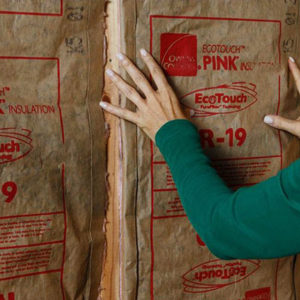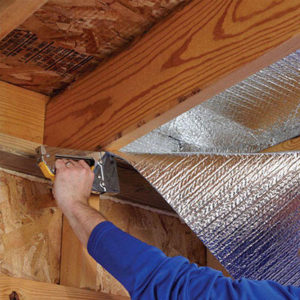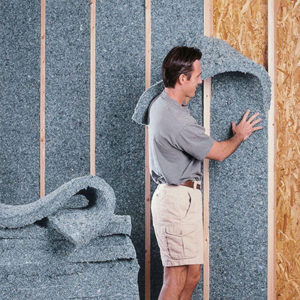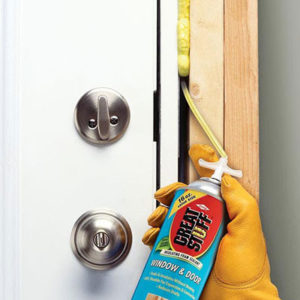Provide Moisture Control and Insulation in Wall Systems
Durable roof with EFFECTIVE WALL INSULATION
Properly sealed, moisture-protected, and insulated walls help increase comfort, reduce noise, and save on energy costs. However, walls are the most complex component of the building envelope to insulate, air seal, and control moisture.
The keys to an effective wall are:
- Airtight construction—all air leaks sealed in the wall during construction and prior to insulation installation.
- Moisture control—exterior rain drain age system, continuous air barrier, and vapor barrier located on the appropriate side of the wall.
- Complete insulation coverage
advanced framing to maximize insulation coverage and reduce thermal bridging, no gaps or compressed insulation, and continuous
insulated sheathing.
AIR SEALING
Air sealing reduces heat flow from air movement (convection) and prevents water vapor in the air from entering the wall. In a 100-square foot wall, one cup of water can diffuse through drywall without a vapor barrier in a year, but 50 cups can enter through a ½-inch, round hole. In fact, sealing air leaks is 10 to 100 times as important as installing a vapor barrier.
MOISTURE CONTROL
Air sealing and moisture control make insulation more effective. It is a myth that installing vapor barriers is the most important step for control ling moisture in walls. Vapor barriers only retard moisture due to diffusion, while most moisture enters walls either through fluid capillary action or as water vapor through air leaks. Overhang gutters connected to downspouts that drain water
away from the house Tape joints in foam sheathing Tape joint Flash windows and other openings Extend sheathing below bottom plate and seal Siding primed on all six faces (front, back, edges) to improve durability ½" Sheathing Siding ½" x 2" Strips
½" Gap behind siding Studs and insulation A drainage plane in a wall system creates an easy pathway for water to drain away
from the house. PREVENT RAIN PENETRATION Causes of rain leaks through exterior walls include improper installation of siding
materials; poor-quality flashing, weatherstripping, or caulking around joints in the building exterior (such as windows, doors,
and bottom plates); and wind-driven rain that penetrates the exterior finish. To enhance protection against rain penetration, create a drain age plane within the wall system of the home.
CONTROL MOISTURE IN WALLS
All climates require these steps:
- Install a polyethylene ground cover on the earth floor of houses with crawl spaces and slope the ground away from
the foundations of all houses. - Install a continuous vapor barrier that has a Perm rating of less than one (see page 3).
- Place a termite shield, sill gaskets, or other vapor-impermeable membrane on the top of the foundation wall. This
action will prevent moisture from wicking into the framed wall from the concrete foundation wall by capillary action.












